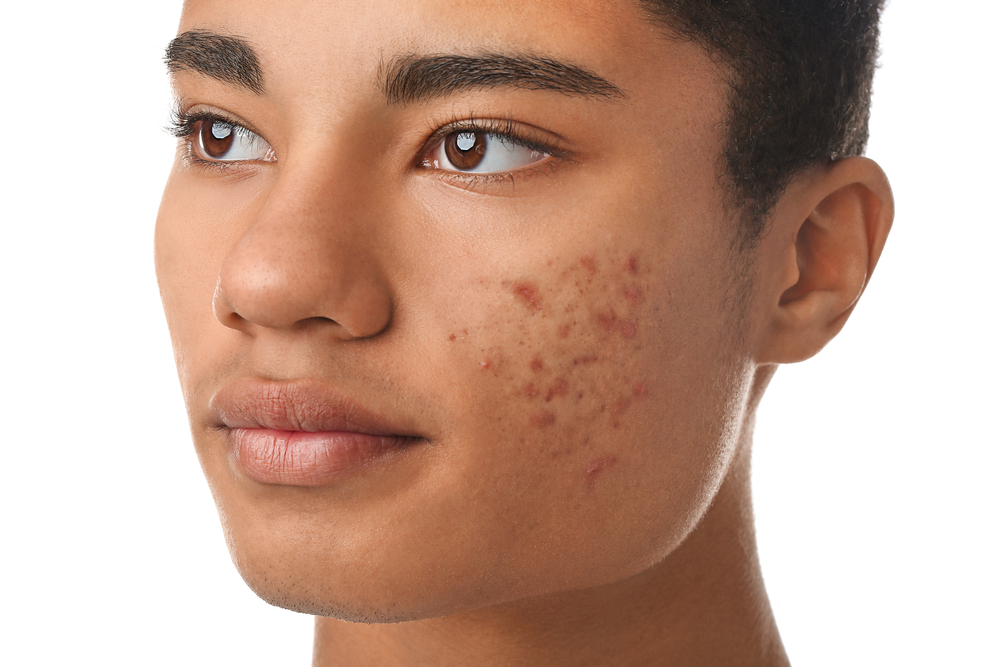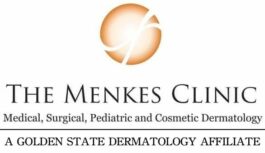Skin conditions can range from minor irritations to more complex disorders that require professional treatment. While some skin conditions may seem straightforward, proper diagnosis and treatment from a qualified dermatologist ensures the best outcomes and prevents potential complications.
Let’s explore the eight most prevalent skin conditions that dermatologists encounter and the effective treatments that can help restore your skin’s health and appearance.
1. Acne

Acne is one of the most common skin conditions, affecting people well into their adult years. This condition occurs when hair follicles become clogged with oil, dead skin cells, and bacteria, leading to various types of breakouts including blackheads, whiteheads, papules, and cystic lesions.
Treatment approaches for acne vary significantly based on severity and type. Professional treatments at The Menkes Clinic may include chemical peels, extractions, or light-based therapies. Your dermatologist will create a personalized treatment plan that addresses your specific type of acne while considering your skin sensitivity and lifestyle factors.
2. Eczema
Eczema, particularly atopic dermatitis, presents as red, itchy, and inflamed patches of skin that can appear anywhere on the body. This condition is frequently associated with allergies and asthma, making it important to address underlying triggers alongside topical treatments.
The hallmark of eczema is intense itching that can significantly impact quality of life and sleep patterns. Treatment strategies focus on restoring the skin barrier, reducing inflammation, and identifying potential triggers. Prescription topical corticosteroids and newer medications can provide significant relief for many patients.
Moisturizing also plays an important role in eczema management. The providers at The Menkes Clinic are experts in eczema treatment and can help identify your personal triggers, as well as develop a comprehensive management plan that includes both treatment and prevention strategies.
3. Psoriasis
Psoriasis is a chronic autoimmune condition that causes accelerated skin cell production. Plaque psoriasis is the most common subtype of psoriasis. It is characterized by thick plaques with silvery-white scale. It may appear on the elbows, knees, scalp, or other areas of the body. Psoriasis can be localized or widespread. It can have a psychosocial impact on the patient, and may significantly affect daily activities.
Meghan Feely McDonald, MD at Golden State Dermatology in Carmel explains the importance of comprehensive psoriasis care:
“Psoriasis is a systemic inflammatory condition that requires a thoughtful, personalized approach. Modern treatments have revolutionized our ability to help patients achieve clear skin and improved quality of life. We now have a wide range of options available ranging from topical treatments to biologic medications that target specific immune pathways. The key is understanding a patient’s goals and individualizing a treatment regimen to optimize clinical outcomes.”
Treatment options range from topical medications, phototherapy, and excimer laser to systemic medications and biologics. The choice of treatment depends on the extent of involvement, comorbid health conditions, patient preferences, and response to previous therapies.
4. Rosacea
Rosacea primarily affects the central face, causing persistent redness, visible blood vessels, and sometimes acne-like bumps. This condition tends to worsen over time without proper treatment and can significantly impact self-confidence and social interactions.
Topical medications such as metronidazole gel and azelaic acid can help control symptoms. For more severe cases, oral antibiotics or other systemic medications may be necessary to achieve adequate control.
5. Seborrheic Dermatitis

Seborrheic dermatitis appears as red, scaly patches in areas rich in oil glands, particularly the scalp, face, and chest. While often dismissed as simple dandruff when it affects the scalp, this condition can be persistent and require professional treatment for optimal control.
The exact cause involves a combination of oil production, yeast organisms on the skin, and individual susceptibility. Stress, hormonal changes, and certain medical conditions can exacerbate symptoms.
Treatment typically involves medicated shampoos containing ingredients like ketoconazole, selenium sulfide, or zinc pyrithione. Topical antifungal creams and mild corticosteroids may be prescribed for facial involvement or more stubborn cases.
6. Melasma
Melasma presents as brown or gray patches on the face, most commonly affecting women during pregnancy or while using hormonal contraceptives. It can persist long after hormonal changes have resolved, requiring ongoing management.
Sun exposure significantly worsens melasma, making strict sun protection absolutely essential for treatment success. Even brief exposures can trigger darkening of existing patches or development of new ones.
Hema Patel, PA-C, at Golden State Dermatology in Walnut Creek, shares her approach to melasma treatment:
“Melasma can be one of the more challenging pigmentation disorders to treat, but we’ve seen excellent results with combination approaches. Success requires patience and consistency from both the provider and patient. We often use a multi-modal approach that includes prescription lightening agents, chemical peels, and sometimes laser treatments, but the foundation of any successful melasma treatment is religious sun protection. I always tell my patients that even the best lightening treatments won’t work if we can’t control the sun exposure that triggers the pigmentation in the first place.”
Treatment combinations may include tretinoin or corticosteroids. Professional treatments such as chemical peels and certain laser therapies may also be an option.
7. Skin Cancer
Skin cancer, including basal cell carcinoma, squamous cell carcinoma, and melanoma, represents the most common type of cancer in the United States. Early detection through regular self-examinations and professional skin checks dramatically improves treatment outcomes and survival rates.
Warning signs include new growths, changes in existing moles, sores that don’t heal, or any spot that looks different from others. The ABCDE rule (Asymmetry, Border irregularity, Color variation, Diameter larger than a pencil eraser, Evolving) helps identify potentially concerning lesions.
Treatment options vary widely based on cancer type, size, location, and stage. Early-stage skin cancers often require only minor surgical procedures, while more advanced cases may need comprehensive treatment approaches including surgery, radiation, or systemic therapies.
8. Age Spots and Sun Damage
Age spots are flat brown spots that develop from years of sun exposure. These benign pigmented lesions commonly appear on the face, hands, shoulders, and other sun-exposed areas as we age.
While age spots are harmless, they can be cosmetically concerning and may sometimes be confused with more serious pigmented lesions. Treatment options include prescription lightening agents, chemical peels, cryotherapy, and laser treatments. The choice of treatment depends on the size, number, and location of the spots, as well as patient preferences and skin type.
If you have questions about your skin, schedule an appointment at The Menkes Clinic today!

